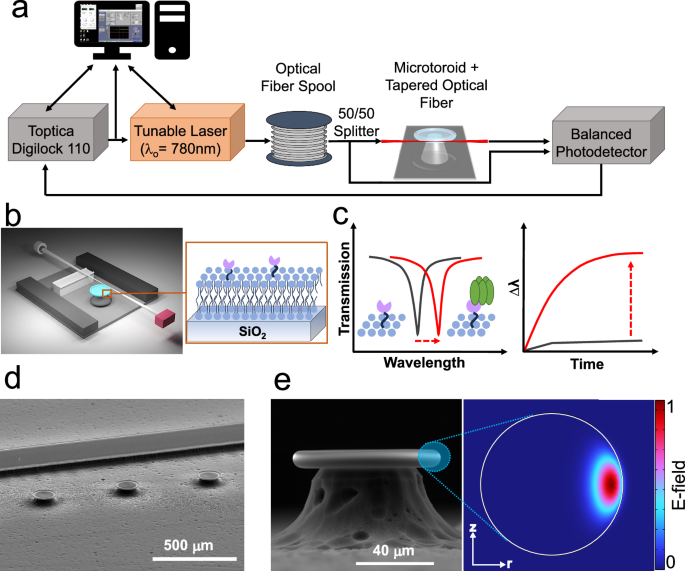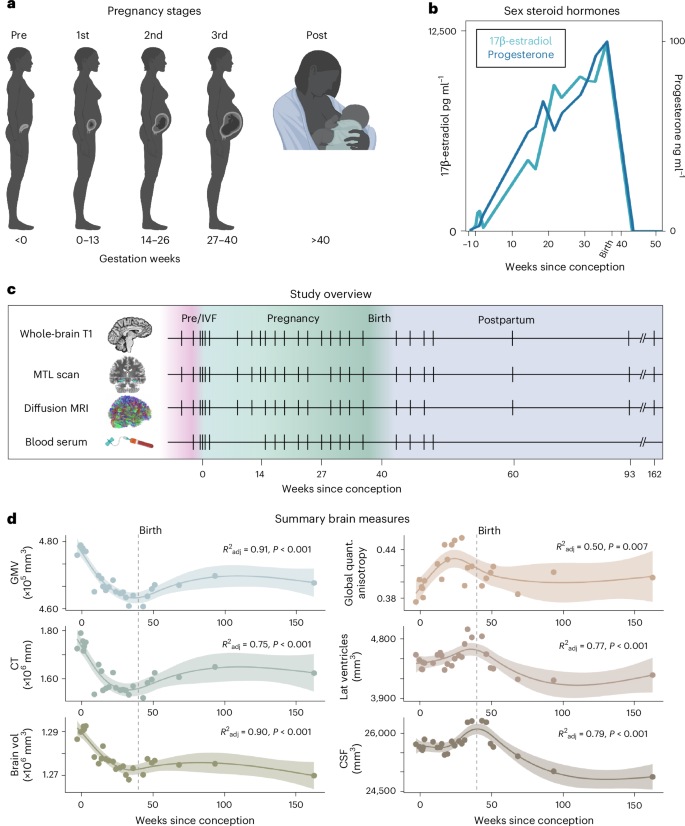2024-09-16 アリゾナ大学
<関連情報>
- https://news.arizona.edu/news/researchers-take-power-and-efficiency-biological-sensing-record-level
- https://www.nature.com/articles/s41467-024-51320-x
周波数同期型光マイクロ共振器を用いたゼプトモル濃度での膜結合イベントのラベルフリー・リアルタイム・モニタリング Label-free, real-time monitoring of membrane binding events at zeptomolar concentrations using frequency-locked optical microresonators
Adley Gin,Phuong-Diem Nguyen,Jeffrey E. Melzer,Cheng Li,Hannah Strzelinski,Stephen B. Liggett & Judith Su
Nature Communications Published:28 August 2024
DOI:https://doi.org/10.1038/s41467-024-51320-x

Abstract
G-protein coupled receptors help regulate cellular function and communication, and are targets of small molecule drug discovery efforts. Conventional techniques to probe these interactions require labels and large amounts of receptor to achieve satisfactory sensitivity. Here, we use frequency-locked optical microtoroids for label-free characterization of membrane interactions in vitro at zeptomolar concentrations for the kappa opioid receptor and its native agonist dynorphin A 1-13, as well as big dynorphin (dynorphin A and dynorphin B) using a supported biomimetic membrane. The measured affinity of the agonist dynorphin A 1-13 to the κ-opioid receptor was also measured and found to be 3.1 nM. Radioligand assays revealed a dissociation constant in agreement with this value (1.1 nM). The limit of detection for the κOR/DynA 1-13 was calculated as 180 zM. The binding of Cholera Toxin B-monosialotetrahexosyl ganglioside was also monitored in real-time and an equilibrium dissociation constant of 1.53 nM was found. Our biosensing platform provides a method for highly sensitive real-time characterization of membrane embedded protein binding kinetics that is rapid and label-free, for drug discovery and toxin screening among other applications.


